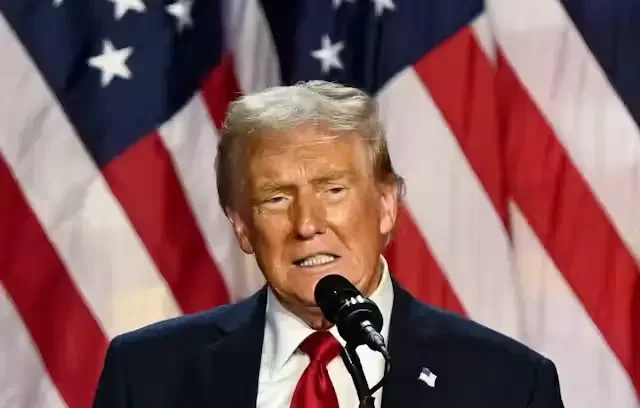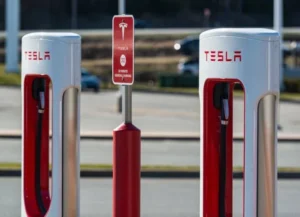President Donald Trump raised steel and aluminum import tariffs from 25% to 50%, aiming to revive America’s steel industry. Trump declared the move would increase production, create jobs, and reduce dependency on Chinese steel.
He claimed a $14 billion partnership between US Steel and Nippon Steel would transform Pennsylvania’s manufacturing over the next 14 months. Trump assured steelworkers that there would be no layoffs and promised every worker a $5,000 bonus under the proposed agreement.
He credited his original 25% tariffs from 2018 for saving US Steel and setting the foundation for today’s tariff increase. Trump’s speech resonated with union pay and hiring terms. Though details remain vague, Trump said the partnership would guarantee American ownership and block any foreign control of US Steel.
The Biden administration had previously halted Nippon’s acquisition of US Steel due to national security concerns in December 2023. Trump insists that the new plan differs in allowing Japanese investment without surrendering operational or board control to a foreign power.
He emphasized that the government would have veto authority over production cuts after 10 years to secure long-term protection. Local union member and mayor Jojo Burgess called the announcement hopeful, saying it could inspire a new steel workforce. Burgess noted that past Trump-era tariffs increased his earnings, and while he isn’t a Trump voter, he supports stronger steel policies.
Economists and trade experts warn that global trade instability could worsen as China and Japan react to the tariff escalation. A court is reviewing the legality of Trump’s tariffs, but steel and aluminum levies remain untouched by lawsuits.
Trump accused China of breaking a recent Geneva truce, while Beijing urged the US to stop discriminatory trade practices. Trump’s raising steel tariffs is now a central campaign issue for these dramatic economic shifts.











